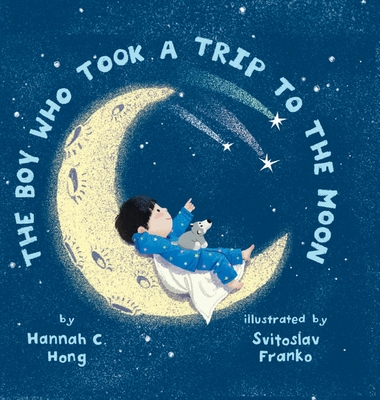
description
the twentieth century, H. L. Davis's Honey in the Horn chronicles the struggles faced by homesteaders as they attempted to settle down and eke out subsistence from a still-wild land. With sly humor and keenly observed detail, Davis pays homage to the indomitable character of Oregon's restless people and dramatic landscapes without romanticizing or burnishing the myths. Clay Calvert, an orphan, works as a hand on a sheep ranch until he stumbles into trouble and is forced to flee. Journeying throughout the state, from the lush coastal forests, to the Columbia Gorge, to the golden wheat fields east of the Cascades, he encounters a cast of characters as rich and diverse as the land, including a native Tunne boy and a beautiful girl named Luce. Originally published in 1935, Honey in the Horn reveals as much about the prevailing attitudes and beliefs of H. L. Davis' lifetime as it does about the earlier era in which it is set. It transcends the limitations of its time through the sheer power and beauty of Davis' prose. Full of humor and humanity, Davis's first novel displays a vast knowledge of Pacific Northwest history, lore, and landscape. An essential book for all serious readers of Northwest literature, this classic coming-of-age novel has been called the "Huckleberry Finn of the West." It is the only Oregon book that has ever won a Pulitzer Prize for fiction. With a new introduction by Richard W. Etulain, this important work from one of Oregon's premier authors is once again available for a new generation to enjoy.
member goods
No member items were found under this heading.
Return Policy
All sales are final
Shipping
No special shipping considerations available.
Shipping fees determined at checkout.







